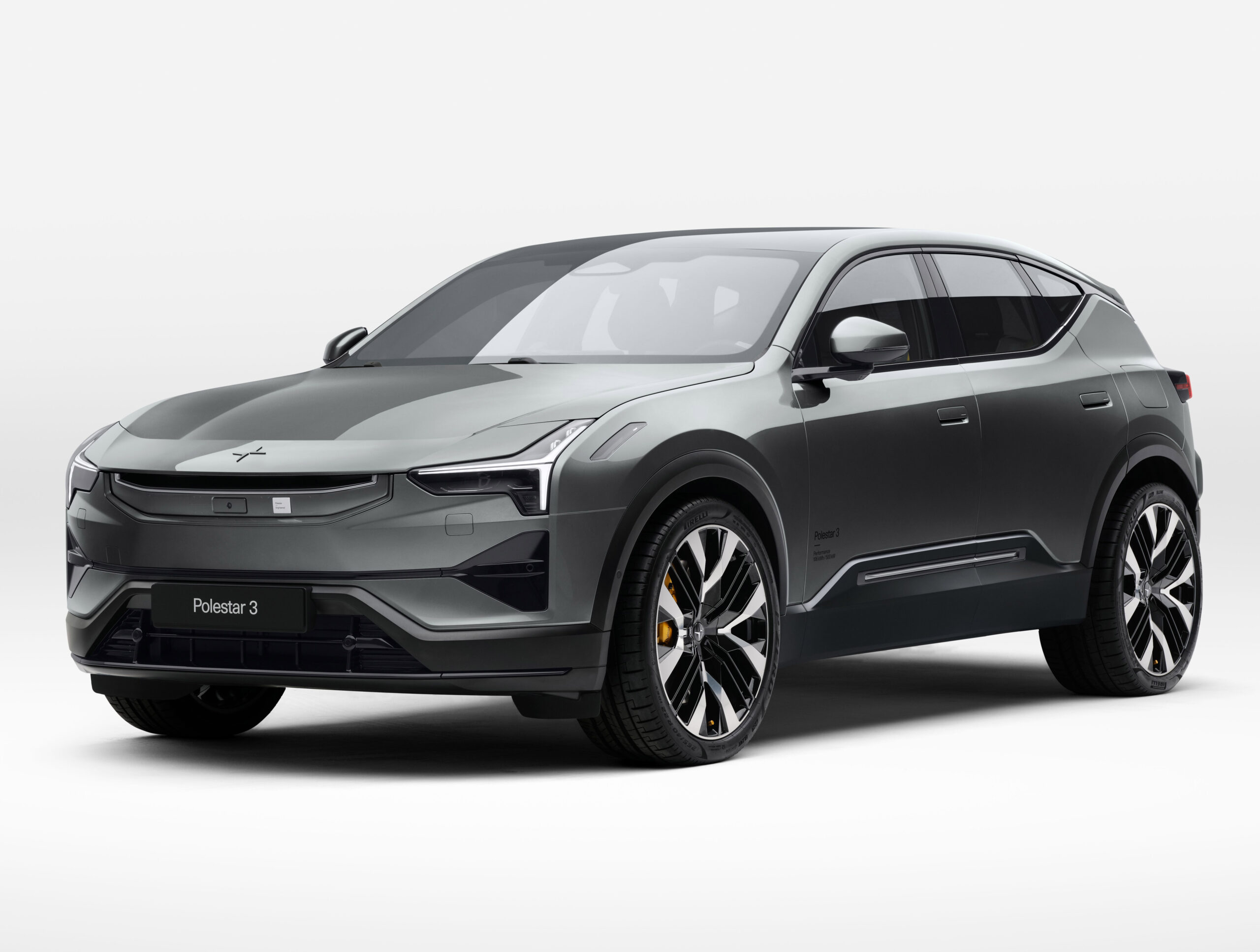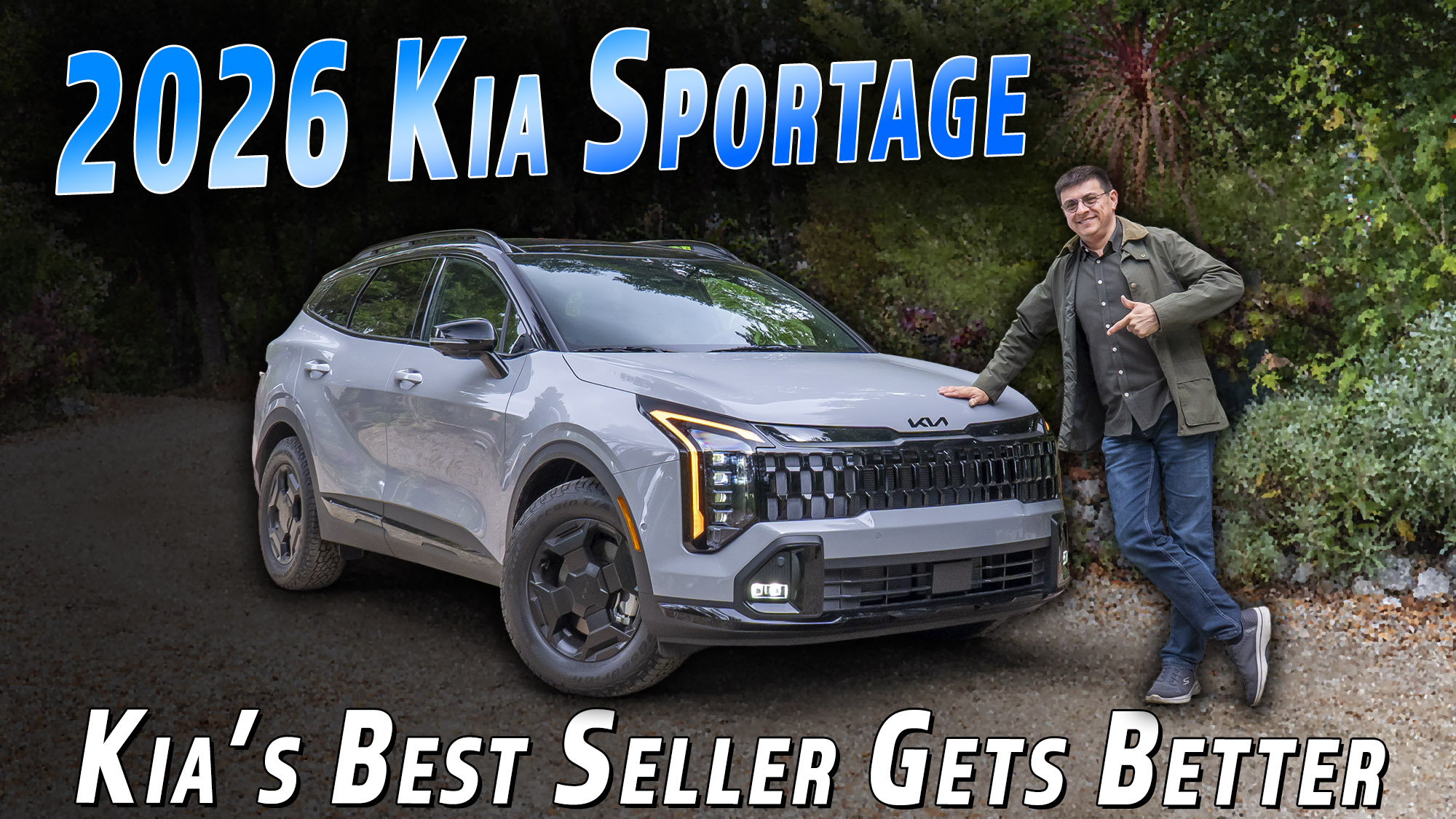

If you think you’ve seen a lot of old car names make their triumphant return in the last couple of years, you would not be mistaken. The industry has seen a lot of success making modern interpretations of old nameplates, some of which are true to the original, others not so much. Jeep decided to jump on the bandwagon for 2022 with the all-new Wagoneer and Grand Wagoneer, the largest and most luxurious vehicles they’ve ever made. While you can’t get either one with wood panelling on the side, the Grand Wagoneer does its best to embody the true old-school American luxury experience. I spent a week with a Series II model and took it on a road trip to see if Jeep was successful in that mission.
The Grand Wagoneer is not a longer version of the Wagoneer, surprisingly. If Jeep had gone by the Cherokee/Grand Cherokee format, that would be the case. Here, ‘Grand’ means luxury, so you’ll find a nearly $30,000 higher base price. A longer version is coming, though, so if you’re looking for an Escalade ESV or Navigator L competitor, you’ll want to wait. The Grand Wagoneer competes more directly with the standard length versions of those models, as well as the Lexus LX 600. If you’re reaching, the Grand Wagoneer could also be considered a competitor to Mercedes-Benz GLS, BMW X7 and Land Rover Range Rover. Read on to find out why I say that’s a reach.

Differentiating a Grand Wagoneer from its Wagoneer brethren is actually not that difficult, considering they are both just giant bricks gliding down the road. Up front, the Grand Wagoneer’s grille is blessed with shinier chrome and W A G O N E E R branding embossed on the northern most point of said chrome. The Wagoneer’s branding is larger but stamped directly onto the bottom edge of the hood. Though my tester didn’t come this way, the other indicator is two-tone paint that you can’t get on any Wagoneer. In monochrome black (which is actually an option), my Series II model’s design was frequently likened to that of a hearse. If you want to avoid that comparison, stick with the standard lighter color/black roof combinations.
The only wheel option that is shared between the two models is the 22-inch aluminum/black design you can select on both models’ Series III trims. My Grand Wagoneer stuck with the Series II’s standard 22’s. Wagoneers don’t receive as much chrome trim around the windows and their tailgates only say W A G O N E E R. Contrary to the front grille’s branding, the rear branding actually says G R A N D W A G O N E E R on my car. The only place I was able to find any mention of ‘Jeep’ anywhere was buried in the side portion of the taillight housing.
In terms of what I think of the design, it depends on which angle you’re looking at. From straight on I think it looks 100% like the $100,000 luxury SUV that it is. It’s imposing and has a level of swagger that I strongly believe its driving experience matches. Keep walking around the side, and things still look pretty good. I actually appreciate the chrome you see around all of the daylight openings. It reminds me very much of the original Wagoneer and older cars in general. I’m also glad they didn’t try to force wood panels onto this design. It just would not have worked. If you really want that, aftermarket options are now emerging, so go crazy.
Once you reach the rear three quarter view, you start to see more of that hearse look that people kept commenting on. I believe it’s partly due to the fact that the upper half of the body’s shape is trapezoidal, with the width of the roof being narrower than the bottom of the glass. The other visual trick that gives it that look is the very top strip of chrome that wraps around the tailgate from the sides. Perhaps if that had been disconnected, this might look a little less morbid. Overall, though, I actually really like the exterior design. Risks were taken and choices were made that help set it apart from its competition. Not once while I had it did anybody confuse it for something else. Most of the time, no one knew what it was at all, and I think that’s exactly what Jeep wanted.

My tester came in Global Black, a dark and dreary palette with a matte wood treatment that did nothing to add contrast. The standard tri-pane panoramic moonroof does a lot to brighten things up, though. The third row even gets its own glass with a manual shade. While still dark, there is an optional Blue Agave color that I would have much preferred. Series III models have the option of a Tupelo color that looks like the honey, and the seats in that model are quilted Palermo. The Series II model gets non-quilted Palermo seats with five lovely massage programs up front. Still extremely comfortable, still worthy of the price.
Design-wise, the cabin certainly looks modern and tech-forward. Unfortunately, however, my Series II did not have the optional interactive passenger display which sits just above the glove box. This option is, shockingly, available on even the base $60,000 Wagoneer Series I model, but it feels like something that should be both standard and exclusive to the Grand Wagoneer. I’ve heard very good things about its usability and UI, so I am sad I did not get to show it off to my passengers.

Then there was the lack of wow factor in my particular tester. For $102,000, there were no features I have not seen before or that you can’t get on far less expensive vehicles. That passenger display would certainly have been one of those things, otherwise I did not experience anything state-of-the-art, if you will. Heated, cooled and massaging front seats, heated and ventilated rear seats, ambient lighting, a head-up display, a (really) good sound system, a digital rearview mirror, a tri-pane panoramic moonroof. It has all been done, which is why I wish they had gone a little bit farther for the debut of this new luxury sub-brand. Then again, I believe automotive interiors have reached an innovation plateau in general, much like Apple’s iPhone hit its peak many years ago. For a first attempt at six-figure luxury, this is still a special place to be when optioned up correctly.
When it comes to comparing the Grand Wagoneer to options from Europe, the interior is just not at the same level. Do not get me wrong, customers looking for the ultimate American luxury experience will be very happy with it. It would look even more exquisite in those cooler color options I mentioned. Hop out of this and into a GLS, X7 or Range Rover, and the differences in standards will become immediately noticeable. None of those options are going to please large families with boat loads of cargo who want to tow, however. Pivoting to the Japanese competition, this is a far more luxurious vehicle than either Lexus’ all-new LX 600 or Infiniti’s QX80. The former had nearly 14 years to figure that one out and they still couldn’t best the newcomer. The third row in the Grand Wagoneer is also one of the most comfortable and spacious I’ve ever experienced, including minivans. That independent suspension paid dividends in more than just ride quality.
One of the biggest differentiators between Grand Wagoneer and Wagoneer is the 6.4L V8 under the hood. The latter sticks with a smaller 5.7L unit, but the 6.4 was the perfect fit for the size and weight of the vehicle. Acceleration is swift, taking 5.6 seconds to get to 60 mph while letting out a deep, bombastic roar as it does so. With 471 horsepower, an 8 speed automatic and Jeep’s Quadra-Trac II 4×4 system standard, this is a very capable vehicle. It does not, however, earn Jeep’s ‘Trail-Rated’ badge. I don’t think anyone would be foolish enough to take this thing off-roading, but if you need to go off the beaten path you still can with height-adjustable confidence.

An adaptive air suspension allows you to raise the Grand Wagoneer 3.6 inches or lower it by half an inch. Standard ground clearance is 10 inches. My Series II model also came with the Heavy Duty Trailer-Tow Package, which adds chrome tow hooks up front and beefs up the engine cooling. It adds various trailering assistance features, though I had no use for them during my time with the car.
While the EPA already gives the Grand Wagoneer the benefit of the doubt with a 13 mpg city rating, I was mostly seeing 11 around Atlanta. When I took it up to the the N.C. mountains, it was downhill from there. Jeep has admitted that we will be seeing a plug-in hybrid 4xe variant in the future, but details are sparse for now. If fuel economy in your $100k luxo-barge is a huge concern, however, perhaps your priorities aren’t quite in check.
Unlike the RAM 1500 upon which the Grand Wagoneer is based, an independent rear suspension is here to help keep everything in check over rough roads. Sharper potholes and dips do upset the body just a bit, but those shockwaves generally stay closer down in the frame. Where that suspension counts is in rear passenger comfort. Unlike the Lincoln Navigator and last generation Cadillac Escalade, the experience in the second and third rows are much more akin to the first row’s. It’s much smoother and more comfortable for rear passengers than those models. If the mission of the Grand Wagoneer is to coddle passengers, Stellantis’ decision to add the independent suspension was a very smart move. I’d much rather be picked up from the airport in one of these than the aforementioned competition.
Taking it through mountain curves, the car actually does a really good job at staying balanced. Push it too hard and it will do the inevitable pitching to the side. Surprisingly, it feels more like an elephant in tap shoes than anything else I could have expected. There’s only so much you can do to make that happen, but Jeep did a great job making sure drivers feel confident at the helm of this 6300 pound beast. Steering is light but direct, and cabin noise is appropriately hushed. The entire experience has a nostalgic factor to it that I believe a lot of shoppers are going to really latch onto.
My Grand Wagoneer was a Series II model missing a few key items that I think would have made a bigger statement for both me and my passengers. As mentioned earlier, I did not have the Convenience Group package, which costs $3,795 and includes a lot of standout features. For example, the Active Driving Assist System, which builds on the adaptive cruise control that my car had. It was only reactive to driving blemishes, it did not hold curves or anything complex like that. Though the Active system isn’t a hands-free competitor to Super Cruise or Active Glide, a similar system is coming down the pipeline. This package also throws in Night Vision w/ Pedestrian and Animal Detection, another neat feature that would have been cool to try out.
I did, luckily, have the Premium Group package on board. For $3,995, it upgrades the McIntosh Reference audio system to a 23 speaker setup, which has a very clean and powerful low end. The rear seats get ventilation, the front console gets a fridge, and the glass gets premium color tinting, among other things. Throwing in the Heavy Duty Trailer-Tow package for $995, and the total price of my unit was just under $102,000.

At the end of the day, I like the Grand Wagoneer and think it will be able to build a unique cult following. The distinctions between it and the standard Wagoneer might not be abundantly clear or justifiable at times, but this sub-brand has a strong identity. Jeep wants you to think of it as elevated from the brand, like Range Rover is from Land Rover. You’ll certainly be able to recognize these as part of the family on the outside. Inside there is a decent effort at six-figure luxury, but it could be a little more aggressively-equipped at the low end. Especially considering the standard Wagoneer can be optioned shockingly similarly at its top end. American families who need it will be able to get a lot out of it, as long as they don’t think it looks like a hearse.



